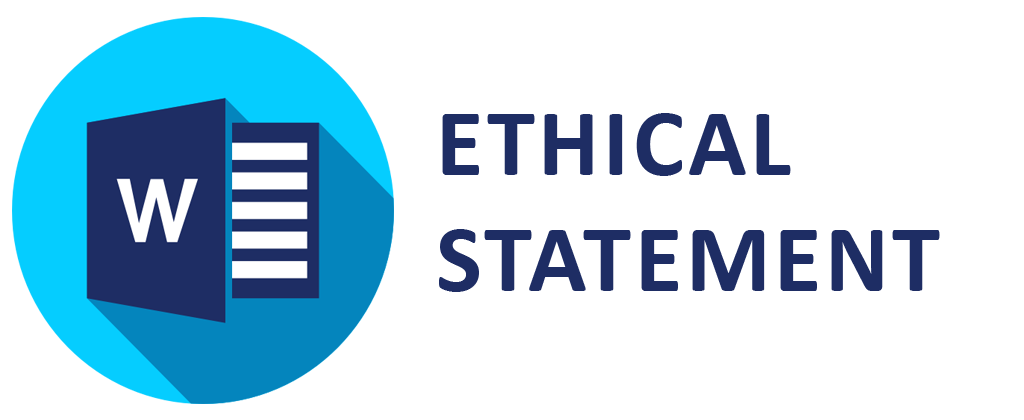Plagiarism Screening Policy
Plagiarism is committed when one author uses another work (typically the work of another author) without permission, credit, or acknowledgment. Plagiarism takes different forms, from literal copying to paraphrasing the work of another.
- Literal copying is reproducing a work word for word, in whole or in part, without permission and acknowledgment of the original source. Literal copying is obvious plagiarism and is easy to detect by comparing the papers in question.
- Substantial copying is reproducing a substantial part of a work, without permission and acknowledgment of the original source. In determining what is “substantial,” both the quantity and the quality of the copied content are relevant. Quality refers to the relative value of the copied text in proportion to the work as a whole. Where the essence of a work has been reproduced, even if only a small part of the original work, plagiarism may have occurred.
- Paraphrasing; copying may take place without reproducing the exact words used in the original work, i.e. without literal or substantial copying. This type of copying is known as paraphrasing, and it can be the most difficult type of plagiarism to detect.
BILP will immediately investigate and reject papers leading to plagiarism or self-plagiarism. BILP investigation on suspected plagiarism will be based on COPE's guidance:
-
Suspected plagiarism in a submitted manuscript here
-
Suspected plagiarism in a published article here
Plagiarism screening will be conducted by BILP Editorial Board using Crossref Similarity Check plagiarism screening service powered by iThenticate. BILP Editorial Board will ensure that every published article will not exceed 30% similarity Score.
About the Crossref Similarity Check service, please visit: https://www.crossref.org/services/similarity-check/
For a searchable list of all journals in the Crossref Similarity Check database, please visit: www.ithenticate.com/search
Related to plagiarism issue, BILP retraction policy can be found at Article Withdrawal Policy



 Buletin Ilmiah Litbang Perdagangan
Buletin Ilmiah Litbang Perdagangan